
Epidermolysis bullosa is a condition characterized by skin so fragile it blisters due to the smallest irritation or breaks from minor cuts, abrasions, heat and pulling. Needles to say, this is a very difficult condition to live with.
There are three main types of epidermolyosis bullosa. Most types start in the early childhood. People who have mild form of this condition may first notice their symptoms in adolescence or early adult life.
Mild epidermolysis bullosa can actually improve over time, but this is generally an incurable disease. Severe forms can lead to very serious and potentially fatal complications.
Normal life with epidermolysis bullosa can be very hard, frustrating and painful. Certain lifestyle changes, remedies and prevention methods can help with symptoms and minimize the chance of complications.
Lifestyle and home remedies
Good nutrition and adequate wound care are essential in dealing with epidemolysis bullosa. If the blisters are left intact, they can grow and cause more damage when they eventually burst. On the other hand, breaking them can also cause damage if it is not done properly. The best thing to do is to consult a doctor on how to take care of the blisters, drain them and dress them. Many doctors also recommend special ointments or moisturized dressings that keep the blisters in good shape and promote their healing.
When changing or applying bandages or gauze, it is very important to do it with clean hands and not to pull the dressing if it sticks to the wound.
Infants with epidermolysis bullosa may develop blisters in or around their mouth due to breast or bottle feeding, in which case the parents should get special nipples, designed for premature babies or babies with cleft palate. Syringes and eyedroppers are also an option.
Prevention of blisters
The skin of children affected with epidermolysis bullosa is very fragile, but the children still need physical contact and touching. Parents must be very gentle and careful when they hold or pick up the child. When sitting, the body should be supported by very soft pillows. Clothes should also be soft and non-abrasive. The nails must be trimmed or filed down so the child does not damage the skin when scratching.
Heat may aggravate the blistering so the temperature at home should be cool. The skin should always be kept moisturized, preferably with petroleum jelly and similar lubricants.
Coping with epidermolysis bullosa
Epidermolysis bullosa is a very painful and frustrating disease. It makes the everyday life very difficult and people suffering from it cannot participate in most of social activities. The situation is not much easier for parents of a child with this disease. Children with epidermolysis bullosa need constant care, a lot of patience and love, which can be very stressful.
It can be beneficial to participate in support groups where people with similar problems come to share their concerns. Counseling, church groups, individual or family psychotherapy are also highly recommended.


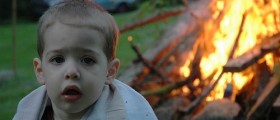
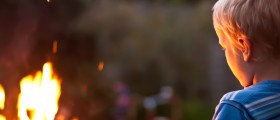
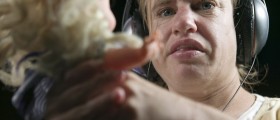
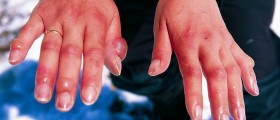
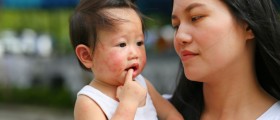
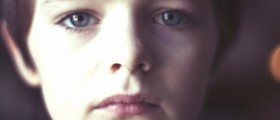
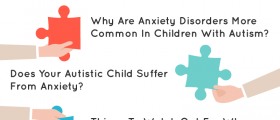
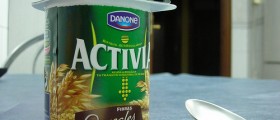
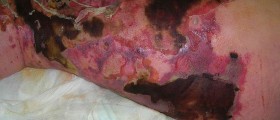
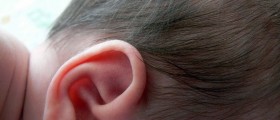
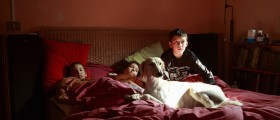


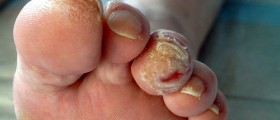
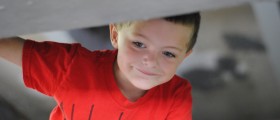
Your thoughts on this
Loading...